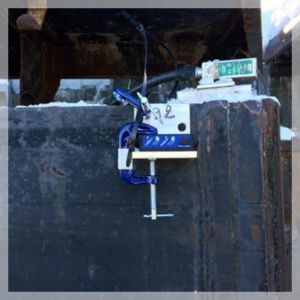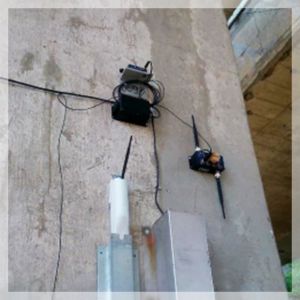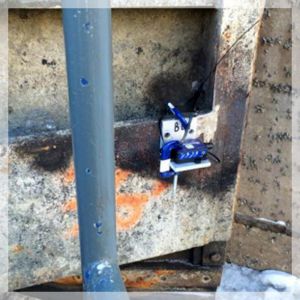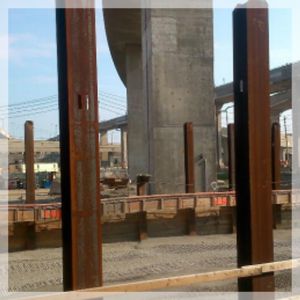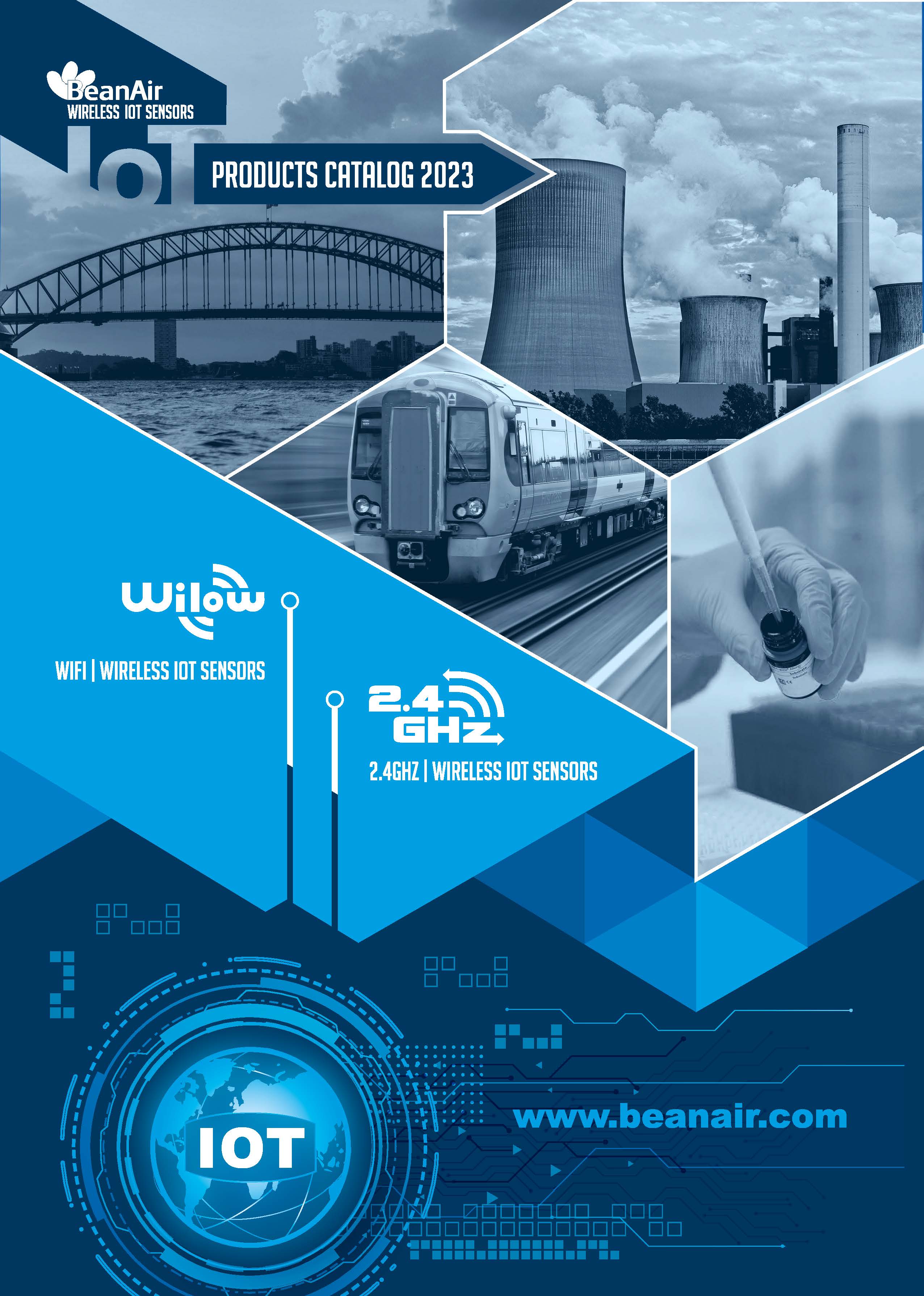|
|
|||||||||||||||
| Large-scale deployment of wireless sensor networks on highway bridges | |||||||||||||||
 |
|||||||||||||||
|
Monitoring the bridges fatigue and behavior had been a challenging goal regarding structures complexities and harsh environment.
With more than 8 years of experience in Structural Health Monitoring, and more than then thousands of wireless sensors deployed on different infrastructures (bridges, dams, stadium, churches, tunnels….) Beanair proved that its WSN (wireless sensor networks) are mature for long-term monitoring.
As a concrete example, Beanair WSN are running on several highway bridges in Canada. Customer requirement is to monitor several physical parameters at the same time: vibration, tilt, cracks, shocks and deformation. BeanAir was successful to deploy 300 wireless sensors on the same bridge, from wireless accelerometer with a high sampling rate (400Hz) to the wireless tiltmeter coming with a smooth accuracy (+/-0.1°).
|
|||||||||||||||
|
|||||||||||||||
| BeanAir WSN comes with numerous customer benefits: | |||||||||||||||
|
-Scalable and Flexible deployment: Due to the environment constraints, Bridge behavior can evolve over the time, therefore the monitoring system should be able to follow in real-time this evolution. Beanair WSN comes with a great flexibility, as it’s a full wireless system, sensor position can be easily changed depending on the bridge behavior evolution. WSN capability can be extended by easily provisioning new wireless sensors on the same network or by adding new WSN without interfering with existing wireless network. Beanair worked also on a very easy integration to customer IT environment by providing the BeanScape® Premium+. This version of our supervision software integrates an OPC DA server (Data Access). OPC DA is particularly well suited for real time measurement and data sharing.
-Quick & guaranteed return on investment: No wires, easy to deploy WSN, and cost-effective wireless sensors (a cost per node is less than 500 euros). This combination enables a quick return on investment.
-New value added services: A remote access through a cellular network allows the customer to visualize sensing data in real-time from an office. In the case if a damage is observed by the monitoring system, an alarm notification is transmitted by email (SMTP protocol), therefore the user can rapidly intervene on the monitoring site. The combination of an onboard temperature sensor and physical sensor (tilt, accelerometer, shock) inside the same device helps the customer to understand the bridge behavior over-the time.
-Time-synchronized WSN: Time-Synchronization issue was solved by providing a NTP (Net-Time Protocol) source and a periodic clock distribution to the different wireless Sensors deployed on the monitoring site. By providing a time-synchronization accuracy of ±2.5 ms, our TimeSync function contributes to enhance user-experience about modal analysis and data fusion.
-A mature energy harvesting solution: Solar cell technology is extremely mature and cost-effective, therefore 90% of our wireless sensors are power supplied directly from a solar panel.
|
|||||||||||||||




